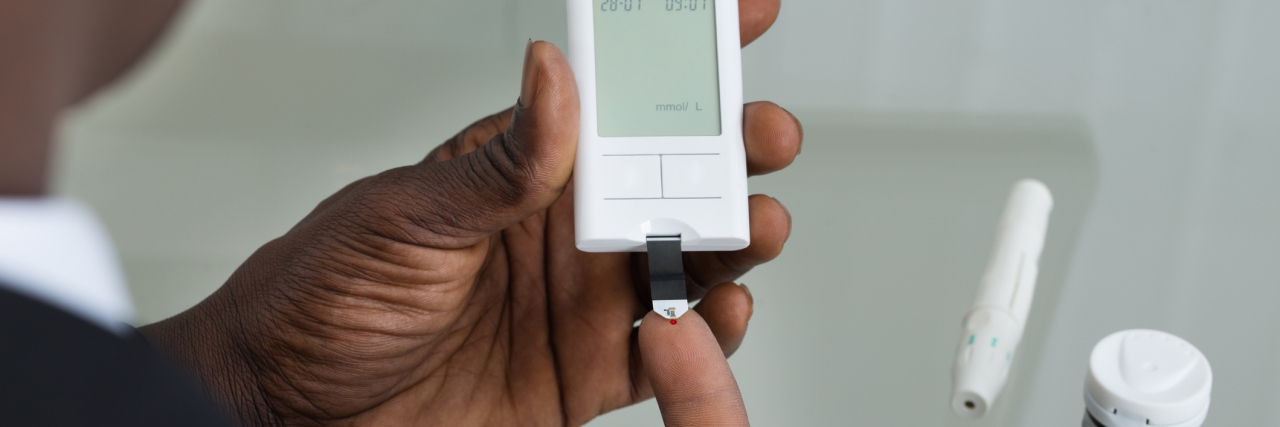It was a normal morning for me at my house. It was 7 or 8 a.m., and I had been up for several hours, “haunting” the house and writing. I do my best writing when the house is quiet and waking things are asleep, when it’s dark outside and I balance the fine line between alone and loneliness. It is in these hours that I avoid social media, the news, and other distractions. However, yesterday was different.
I was in the middle of writing when my phone buzzed. I looked down at it, saw the headline, and knew I had to read it. The news report that I read left me feeling devastated. In the article, entitled “Woman says her son couldn’t afford his insulin—now he’s dead,” described how a 26-year old man with diabetes had been rationing his insulin because the costs of insulin were so high. He had recently moved out of his parents’ house, and when he fell into a diabetic coma because of the lack of insulin, there was no one around to help him. He died.
This really struck a chord with me. At age 30, I am not a lot older than he was. I have dealt with the high price of insulin and testing supplies. I have to take insulin three times a day. And yes, I have rationed my insulin.
According to the article, the price of insulin, a life-saving drug for diabetics, tripled between 2002 and 2013. Since 2008, three of the top makers raised the list price of insulin at least 10 times. That, to me, seems outrageous, especially when we consider the fact that minimum wage hasn’t gone up half those times in as many years and, frankly, the insulin hasn’t changed. It’s the same insulin — it just costs more.
I did my own research and found that more than 100 million adults in the United States have diabetes or pre-diabetes and that 9.4 percent of Americans have diabetes, as of 2015. Black women are the third highest group (by race/ethnicity and sex) diagnosed with diabetes in the United States. These numbers are shocking to me, and not only because they affect me. I need to shout this from the rooftops.
With so many Americans living with the disease, I can only imagine how much insulin is being rationed because of the high prices. And that’s just in the United States.
I was diagnosed with diabetes less than a year ago. It is always on my brain, in the back of my mind — what foods I want versus what I can eat, how much I hate taking insulin, my numbers, do I have enough test strips, et al. The most important aspect of the diabetes that stays with me is how to afford the insulin and diabetes testing supplies. My husband has been temporarily out of work, and with that lack of income comes a lack of health insurance.
When we had insurance, it was difficult to pay the $400 a month for insulin and supplies. Without insurance, my heart skips a beat just wondering how much it would cost. But that’s the thing — I’ve rationed my insulin. I still have enough for another month and a half. By then, my husband will be working again and we’ll have insurance again. I won’t have to worry about how to afford insulin and testing supplies — until the prices of insulin rise again. I was prepared for my husband’s period of unemployment, and I skipped doses of a medication that I need to keep me alive in order to be “prepared.”
Stories like the article I read are wake up calls to me. I don’t want to die (most days), and I certainly don’t want to put my husband through the stress and grief of finding my comatose (or worse) body. Rationing insulin isn’t a wise thing to do, but we do it to survive, ironically. We do it so we can afford to pay the rent, so we can afford to eat and keep the lights on, so we can get transportation to and from work so we can pay more money for life-sustaining drugs that are overpriced. I am sad for the man who lost his life and for his mother who blames herself for not knowing that things were so bad.
But I am angrier at the pharmaceutical companies and everyone who is complicit in them getting away with charging people upwards of $1,300 for something that they need to live.
Getty photo by AndreyPopov

